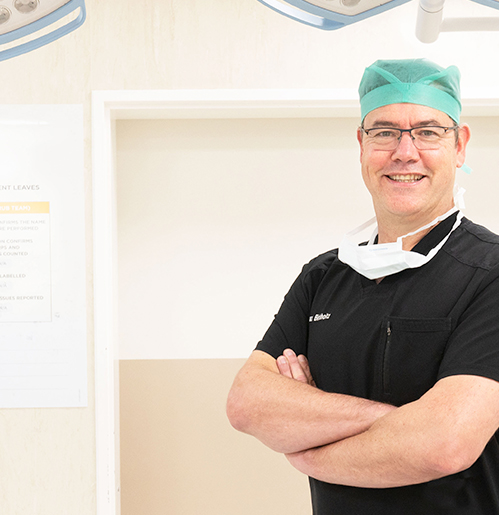What does surgery day look like? It’s what we call game day, the moment you’ve been anticipating for years and researching extensively. It’s natural to feel some nervousness, so I’d like to give you a clear idea of what to expect on this day.
What does surgery day look like? It’s what we call game day, the moment you’ve been anticipating for years and researching extensively. It’s natural to feel some nervousness, so I’d like to give you a clear idea of what to expect on this day.
Typically, you’ll wake up early, just in time for our driver to bring you to the hospital. Upon arrival, you’ll be warmly welcomed by our administrative staff, who will check you in. The nursing team will then carry out basic pre-operative checks and observations to ensure everything is in order.
Next, routine blood tests will be conducted to confirm everything is ready for anesthesia. You’ll meet with the anesthesiologist, who will review the plan, discuss anesthesia details, and explain pain management. I’ll also visit to make sure all preparations are complete and that we’re ready to begin the surgery.
From your hospital bed, you’ll be taken to the pre-operative waiting area in the operating room, or as we call it in South Africa, “the theatre”. In the prep room, you’ll see me again, this time dressed in scrubs with a mask and cap. Once in the operating theatre, you’ll be gently put to sleep, and the surgery will begin.
The surgical process is carefully structured to ensure the highest level of care and safety. Maintaining sterility is critical, so we meticulously prepare the operating room, tools, and team to prevent any risk of infection.
The surgery itself happens in phases. First, we set up the operating field and mark the preoperative plan on your limb. Then we create venting holes in the bone at the site of the osteotomy (bone cut), an essential step to reduce the risk of fat embolism syndrome. After that, we insert the nail into the bone following precise steps.
The osteotomy is performed using a specialized tool called an osteotome. Once the nail is in place, it’s secured with locking bolts at the top and bottom to stabilize it. In the final phase of surgery, we test the nail to ensure it’s functioning properly before completing the operation.
After the procedure, you’ll be moved to the recovery area, where specialized nurses and the anesthesiologist will closely monitor you as you safely wake up from anesthesia. Once stabilized, you’ll be transferred to the high care unit, which is similar to an intensive care unit, where you’ll spend the first 24 hours post-surgery.
This routine high-care monitoring is crucial to ensure that we quickly detect and respond to any signs of fat embolism syndrome, a rare but serious complication. By carefully watching your oxygen levels, we can act swiftly if needed.
And that, in a nutshell, is what happens on surgery day…. our game day.




